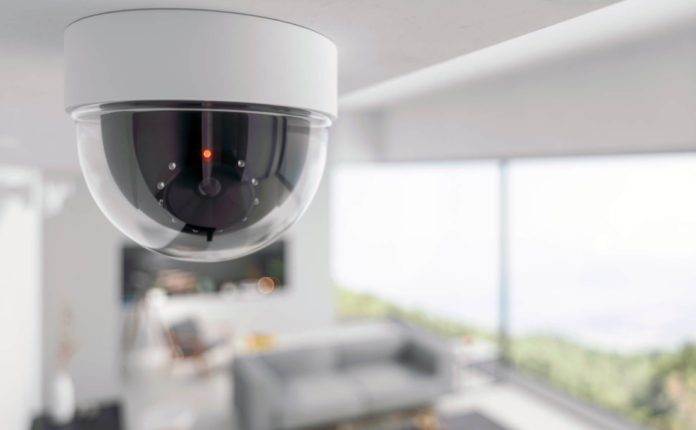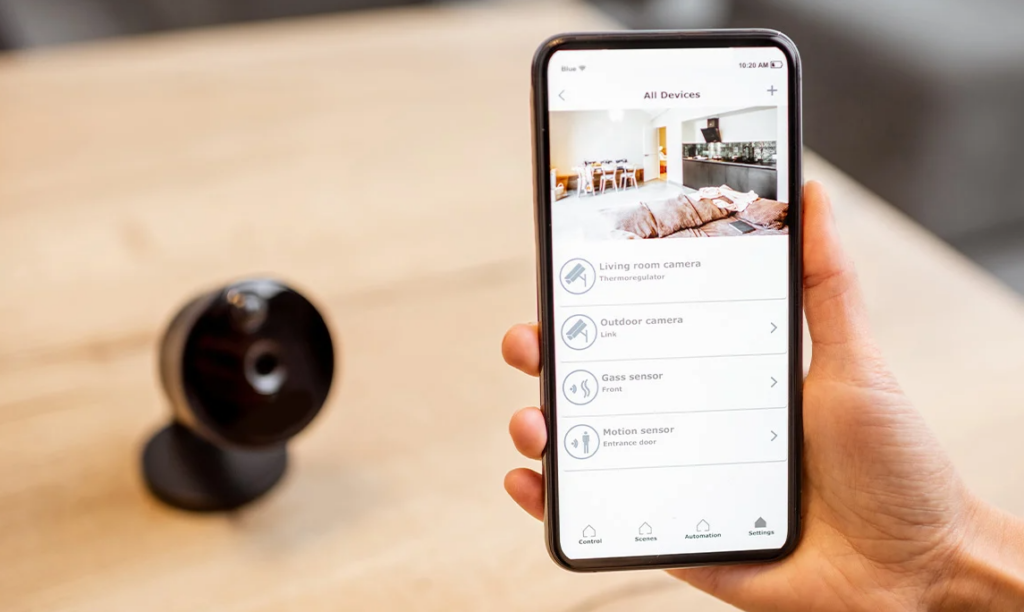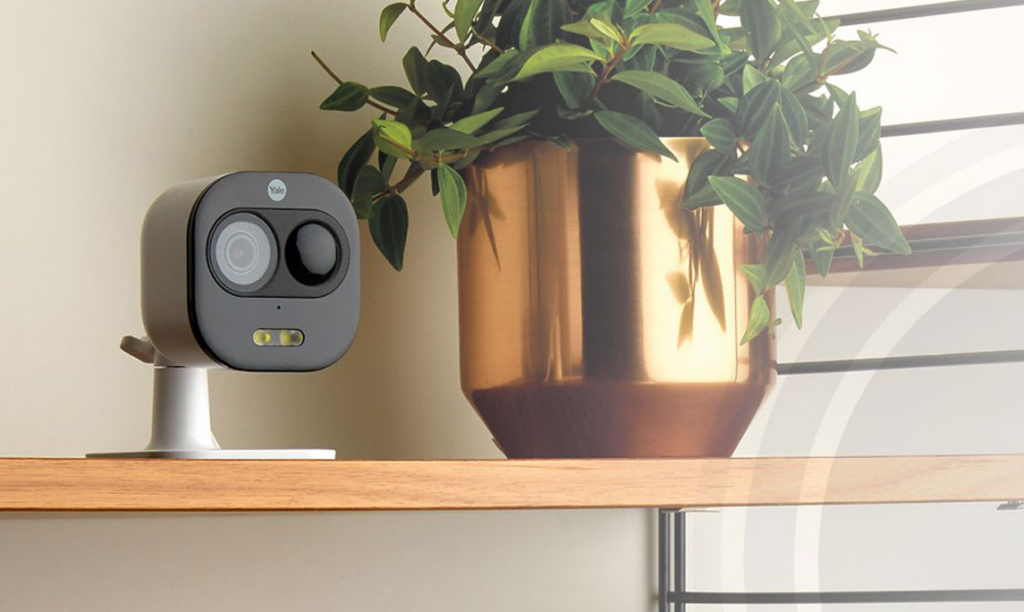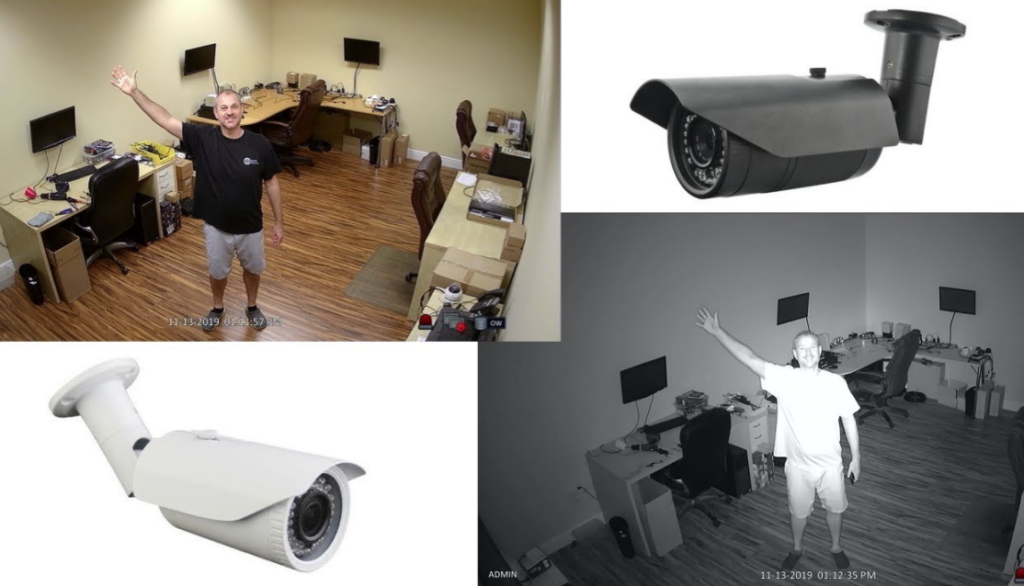
Are you planning to buy indoor security cameras for your home? If so, be prepared for a lot of options. Many of the same features outdoor cameras offer are also available for their indoor counterparts.
As you read the following post, bear in mind that there is no right or wrong choice. You ultimately have to decide what is the best camera for you.
Is there a most important feature you feel is non-negotiable? Perhaps there are two or three features you absolutely cannot do without. One way or the other, there is probably an indoor security camera that gives you most of what you want.
Wired vs. Wireless

The first consideration isn’t really a feature, per se. Rather, it is a power method. In short, you have to choose between wireless and wired video cameras.
A wireless video camera is powered by batteries. It is truly portable in the sense that you can place it anywhere you can find space. Since you are not limited to the proximity of electrical outlets, you have a lot more options. According to Vivint, that created the indoor camera buying guide, the downside is that you constantly have to check and replace batteries.
A wireless security camera plugs into an electrical outlet. You solve the battery issue this way, but you lose some portability. Wherever you decide to install it, there has to be an electrical outlet nearby. Either that or you are running extension cords all over the place.
Note that in both cases, security cameras connect to your home’s security system through your local wi-fi network. That is true even with a wired camera. You do not connect a wired camera to a security hub with an internet or coaxial cable.
Resolution Choices
Moving on to actual features, you might be looking for cameras with pretty high resolution. These days, resolutions can go as high as 4K. Most of your budget cameras are either 720p or 1080p. How much does resolution matter? That depends on how clear you want the images to be.
Higher resolutions will give you clearer images. The downside is that those images will also generate larger files. This could be a factor if you plan to store video surveillance footage for any length of time. A 4K camera will generate files many times larger than a 720P camera.
Real-Time Viewing

Some of your cheaper indoor security cameras only record footage and save it to an SD card. If you are willing to spend a little more though, you can get a camera that offers real-time viewing. With this feature, you can access live video feeds from your smartphone on demand. Just launch the app, choose the camera, and off you go.
While real-time viewing is not a necessity, it does make the next feature on the list useful. That feature is on-board audio. The thing to remember about real-time viewing is that it turns a recording device into a surveillance device. For a lot of property owners, this isan enormous difference. They want to see things as they happen rather than watching recordings after the fact.
On-Board Audio
It wasn’t until just a few years ago that Ring introduced on-board audio to the security camera industry. The technology existed prior to that, but Ring brought it into the mainstream. These days, most major camera brands offer models with this feature.
On-board audio allows you to hear what is going on in addition to seeing it. If the audio system is two-way, you can also communicate with anyone in the room you are currently surveilling. For instance, think about having a conversation with one of your kids.
Imagine the kids come home from school and sit down to do their homework at the kitchen table. You keep an eye on them by bringing up the kitchen camera on your phone. Maybe one of your kids has a question about his homework. He can turn to the camera and ask you. You can answer in real time.
On-board audio can double as a security feature. If you are ever unfortunate enough to have someone break into your home, you can use the audio system to let the perpetrator know they are being watched. That’s usually enough to scare criminals away.
Infrared Night Vision

Another excellent feature is infrared night vision. Night vision is ideal for recording video footage when the lights are out. The indispensable nature of this feature should be self-explanatory. Without it, your interior video cameras will not be of much help during the overnight hours.
For some people, night vision is not a feature worth paying for. They are not so concerned about recording footage at night because they are home anyway. That’s fine. Other homeowners would not consider buying indoor security cameras without this feature. It is all good.
Motion Detection
In terms of battery preservation and storage minimization, an indispensable feature is motion detection. A camera with built-in motion detection isn’t constantly running. It only activates when motion triggers it. For purposes of illustration, most modern video doorbell products are motion activated.
Motion detection preserves battery life. If you are storing video on an SD card, it also saves storage space. But there is a downside: low-quality motion detection systems might not be reliable. They might be either too sensitive or not sensitive enough. So while you assume motion detection is doing its job, it might not be.
There are other features above and beyond the ones discussed here. They include things like cloud storage, pan and tilt options, privacy capabilities, and more. You might even think that there are too many features to choose from. Needless to say, you havesome homework to do before you buy. Take some time to research all your options. Chances are you will find something that meets your needs.








